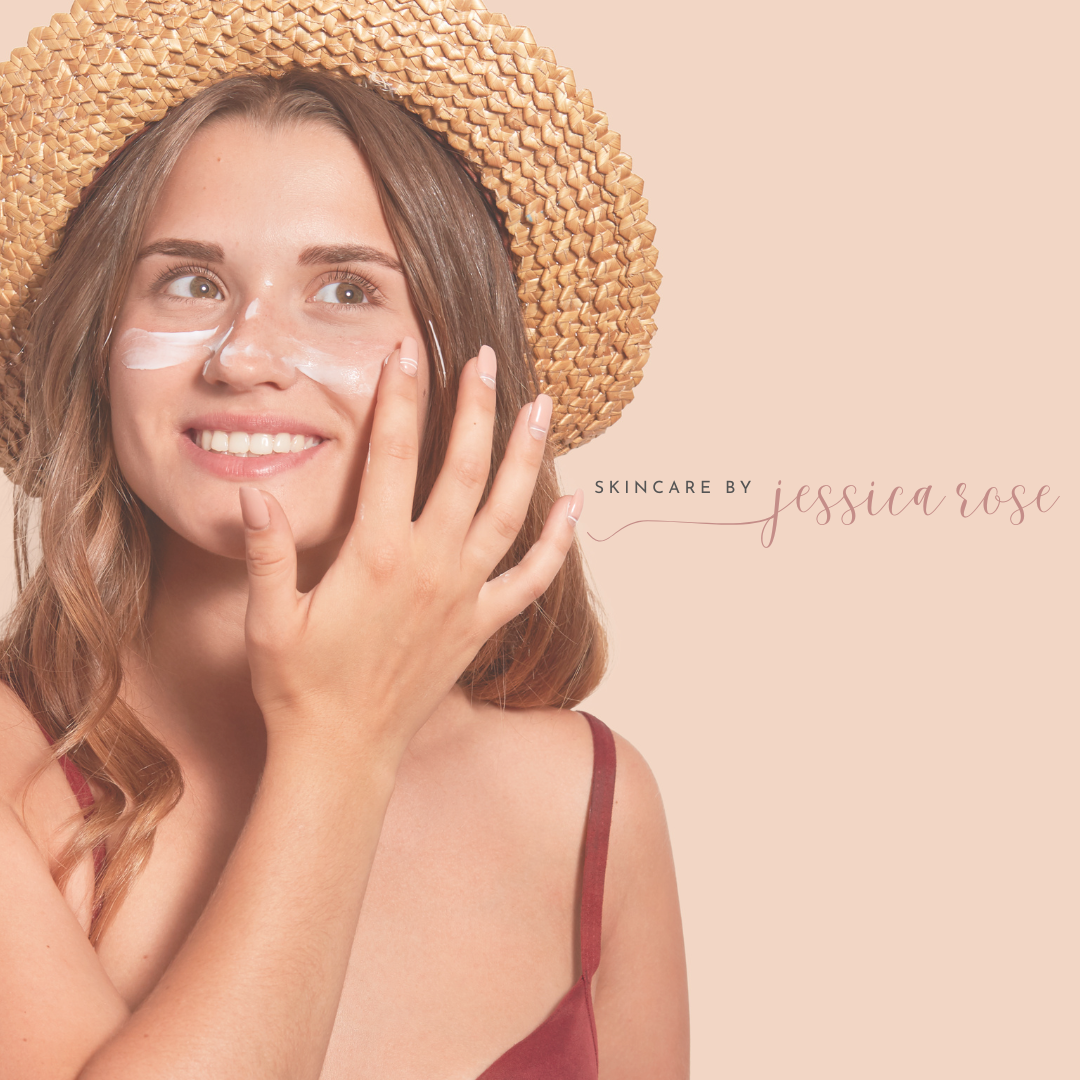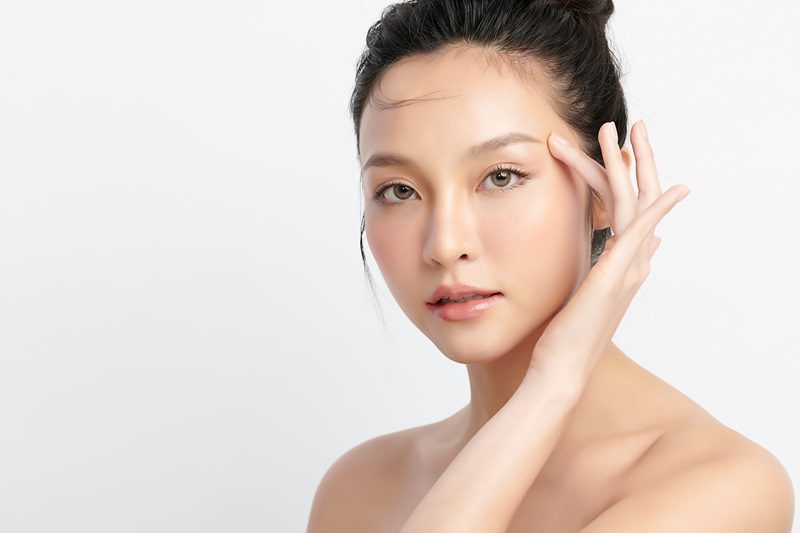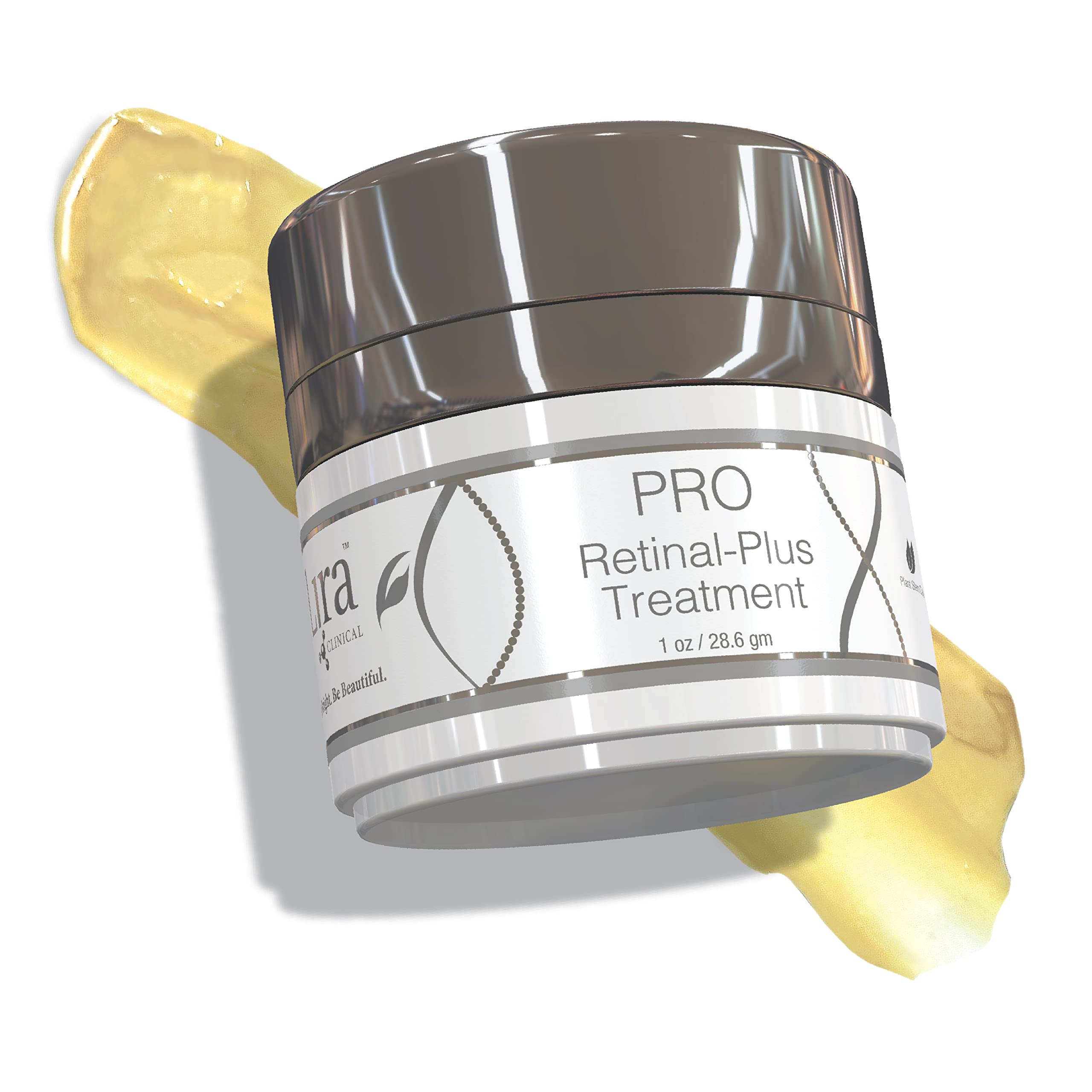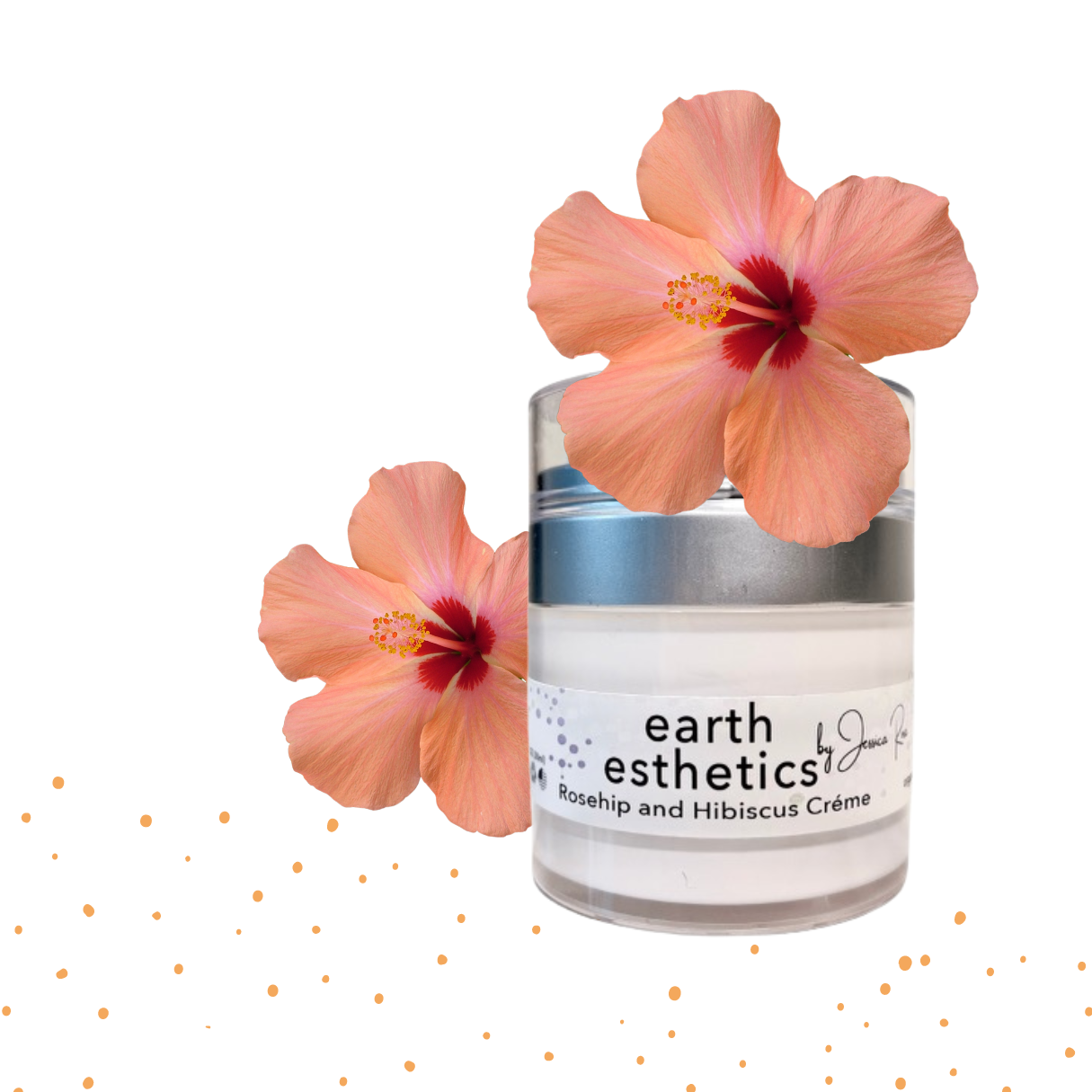Welcome to Your Total Guide Managing your Fun to Sun Ratio while Avoiding too Much Sun Radiation.
Raise your hand if you have ever burned your upper lip? How about the top of your feet? Your nose? It happens to the best of us. And when it happens we are usually caught off guard.
How did that happen?
I thought I was using enough sunscreen?
I even reapplied?
We all know that as much as we want to believe there is no such thing as too much of a good thing, it's just not true when it comes to the amazing rays of sunshine.

THE SCIENCE BEHIND OUR SUN RAYS, SPF AND NOT BURNING YOUR FACE, FEET OR UPPER LIP.
In this blog you will take a deep dive into the differences between SPF, the importance of understanding the sun UV Index for the day and how to determine your sun strategy so you can safely avoid too much radiation while maximizing your fun in the sun.
Gauging how much sun radiation you are actually being exposed to is a balance between knowing your UV index, time of day you are in direct sunlight and the rating/type of SPF in your sunscreen of choice.
When tackling your ultimate sun ray strategy it is important to balance the following areas of targeted information between:
- The Sun Protection Factors or "SPF" rating in your sunscreen, whether you also have UVA protection in the form of "broad spectrum" coverage, and how long it lasts in and out of water
- The kind of sun protection you are using being mineral or chemical
- The UV index during the time you are exposed directly to the sun
Check out these numbers for UVB rays:
- SPF 15 blocks about 93 percent of all UVB rays
- SPF 30 filters out 97percent
- SPF 50 is an almost complete UVB block, at 98 percent
So do I need to worry about UVA rays then?
It is important to get protection from UVA rays as well. Broad Spectrum sunscreen also takes into consideration blocking the UVA rays. In the US, SPF is regulated and no product that has an SPF of under 15 can claim to offer broad-spectrum protection.
So, look for an SPF of 30 or higher and make sure it says "broad spectrum" when choosing a sunscreen.
Sunscreen protection can last up to 2 hours, so here’s my rule of thumb; Reapply every 1.5 hours or more often so if you are under direct sunlight for multiple hours.
What is the difference between Chemical and Mineral Sunscreens?
Whether you are choosing a mineral sunscreen, a hybrid or a chemical based one, the fact remains that the year-round use of sunscreen is an important preventative step.
Cosmetic concerns that develop with age are exacerbated by UV exposure.
And the very least, in addition to protection from skin cancer, hyperpigmentation (i.e. aging dark spots, freckles), scarring, and the development of fine lines and wrinkles can be caused and accelerated by the suns rays.
Chemical Sunscreens
Chemical sunscreens are more cost effective, easier to get a hold of and are more familiar.
BUT LIKE JUNK FOOD, THEY AREN'T THE BEST CHOICE
Even with ability to have a better choice with mineral sunscreens (read below) the FDA's official take is that it is better to wear sunscreen (whether mineral or chemical) than none at all.
Chemical sunscreen is absorbed into your skin as a barrier to the UVB rays. The beauty of chemical sunscreens comes largely down to texture in that they can be formulated to feel much like a weightless moisturizer.
The downsides are that, you do have to wait 15 minutes for the chemical reaction to take place on the skin before sun exposure, a time frame that does not apply to the use of mineral or physical sunscreens. Additionaly, chemical sunscreens are not photostable so you do need to apply them more diligently.
Mineral Sunscreens
Mineral sunscreens are a step up from chemical based sunscreens.
PROTECTS BY SITTING ON TOP OF YOUR SKIN
Zinc and Titanium are amazing minerals that are safe sunscreens for you and the environment. Minerals like Zinc oxide and Titanium dioxide sit on top of the skin (versus being absorbed like chemical sunscreens), forming a barrier against the sun's rays. Sunscreens with Zinc start protecting you as soon as you put them on.
HAS EVOLVED FROM CHALKY WHITE ONLY OPTIONS
Minerals used to leave a chalky white film the darker your skintone, but our sunscreen options have evolved considerably. Mineral sunscreens, particularly when tinted or made with zinc nanoparticles, are now viable options for all complexions.
DOESN'T HURT THE CORAL REEFS
Environmental concerns also impact our decisions, with research linking the widely-used non mineral sunscreens with chemicals like oxybenzone and octinoxate to the bleaching of coral reefs, as well as concerns about the potential impact of nanoparticles on marine life.
What is the daily UV Index, where do you find it and how can can you better understand it?
The UV Index is a rating that helps determine the combined risk of exposure in regards to environmental factors, such as pollution, location, the time of year, and altitude.
The UV index (UVI) is designed to give us a warning of the protective action to take when UV levels are likely to be high.
Understanding the UV Index
UV Index of 0 to 2 While the average person can lay in the sun for 60 minutes without getting burnt, people with very fair skin should take precautions as they may burn within 30 minutes. At this level, it is recommended to use sunscreen with at least SPF 30 on exposed skin.
UV Index of 3 to 5 The time it takes for your skin to burn at this level depends on your skin type, but generally speaking, a UV index of 3 to 5 could result in sunburn in about 30 to 45 minutes on average. At this level, it is recommended to use sunscreen with at least SPF 30 on exposed skin.
UV Index of 6 to 7 This is a high level of UV radiation, meaning the average person is likely to burn in about 15 to 25 minutes. At this level, it is recommended to use sunscreen with at least SPF 30 on exposed skin.
UV Index of 8 to 11+ This is a very high level of UV radiation with a high risk of getting sunburnt. On average, you can expect to burn in about 10 minutes or less. This is a good time to seek shade or stay indoors.
Here are my best tips that I tell my clients all the time:
- Reapply after you sweat from a workout (splash water, reapply sunscreen)
- Reapply after you swim.
- Reapply if you are going to be in the car for a long period of time.
- Reapply if you’ve been sweating, especially your upper lip!
- Reapply, especially to those delicate areas like your ears, the bridge of your nose, forehead and scalp, feet, and the backs of your hands especially when driving.
My personal sun protection strategy as an Esthetician in my late 30's is:
- Stay out of the sun if the UV INdex is over 8
- Always have a mineral based sunscreen on my face year around - my favorite right now for my skin is: Alana Mitchel's Tinted Physical Defense SPF because it feels great, gives me a bit of color and protects against aging spots and wrinkles.
- Always reapply if I am in direct sunlight after 1 to 1.5 hours
- Always reapply sunscreen to my face after I workout
- Add a hat if I have had more that 2 hours of direct sunlight.







